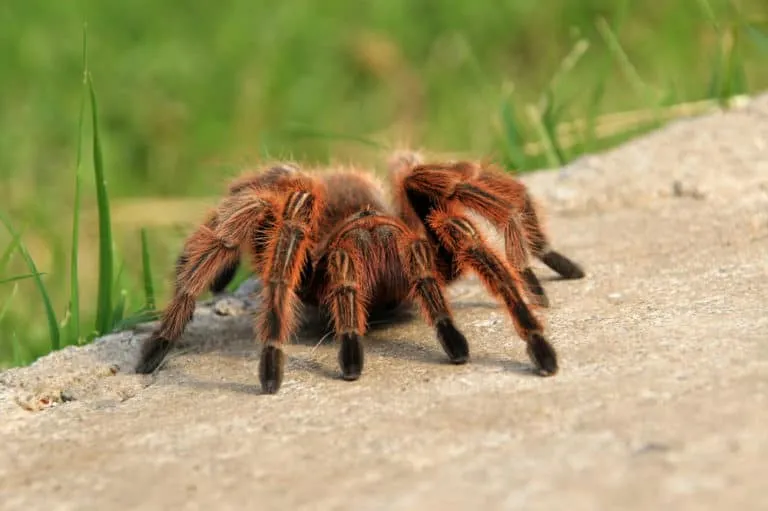The Chilean Rose Tarantula, a popular pet choice for beginners, is known for its docile temperament and relatively easy care requirements. This comprehensive guide will provide you with the top 5 essential tips for successfully keeping a Chilean Rose Tarantula as a pet, ensuring its health, happiness, and longevity. From housing and feeding to handling and health, this article covers everything you need to know to provide the best possible care for your eight-legged friend.
Chilean Rose Tarantula Housing
Providing a suitable habitat is the foundation of responsible Chilean Rose Tarantula care. A well-designed enclosure replicates the tarantula’s natural environment and promotes its well-being. This includes the right size, substrate, and climate control. Proper housing not only ensures the tarantula’s comfort but also facilitates essential behaviors such as burrowing and molting. Remember, a happy tarantula is a healthy tarantula, and the enclosure plays a vital role in its overall health.
Choosing the Right Enclosure
The ideal enclosure should be secure, escape-proof, and provide adequate ventilation. Glass or clear plastic terrariums are excellent choices, allowing for easy viewing and temperature/humidity control. The enclosure should have a secure lid to prevent escape. Consider the tarantula’s size, ensuring enough space for it to move around, burrow, and molt comfortably. The enclosure’s dimensions will influence the overall well-being of your pet, so it’s important to get this right from the start. Consider the tarantula’s adult size when choosing an enclosure, as they will grow over time.
Enclosure Size
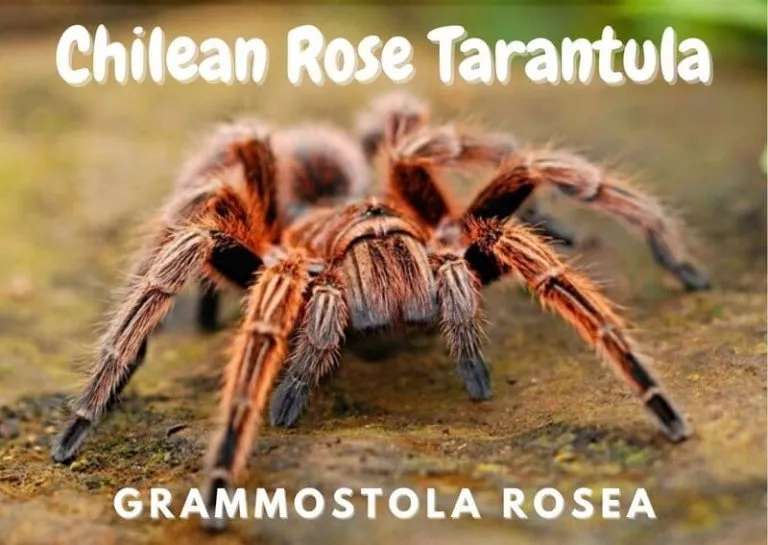
For a juvenile Chilean Rose Tarantula, a 5-10 gallon tank is typically sufficient. As they grow, you’ll need to upgrade to a larger enclosure. A full-grown adult will thrive in a 10-20 gallon tank. The enclosure should be wider than it is tall, as these tarantulas are terrestrial and spend most of their time on the ground. Avoid overcrowding, as it can lead to stress and territorial disputes. The more space, the better, but ensure the space is manageable for the tarantula to feel safe and secure.
Substrate Selection
The substrate serves multiple purposes, including providing a surface for the tarantula to walk on, burrow in, and maintain humidity levels. A mixture of coco fiber, peat moss, and a little bit of vermiculite is an excellent choice. These materials retain moisture, allowing for proper humidity levels without creating excessive dampness. The substrate should be deep enough for the tarantula to burrow if it desires. Avoid using sharp materials that could injure your tarantula. A clean and well-maintained substrate is vital for preventing fungal growth and maintaining overall hygiene.
Temperature and Humidity
Chilean Rose Tarantulas thrive in a temperature range of 70-85°F (21-29°C). A heat mat placed on the side of the enclosure can help maintain the proper temperature. Avoid placing the heat mat directly under the enclosure. Humidity levels should be kept between 60-70%. This can be achieved by lightly misting the enclosure once or twice a week, depending on your climate. Use a hygrometer to monitor humidity levels accurately. Proper temperature and humidity are essential for the tarantula’s health, particularly during molting.
Chilean Rose Tarantula Feeding
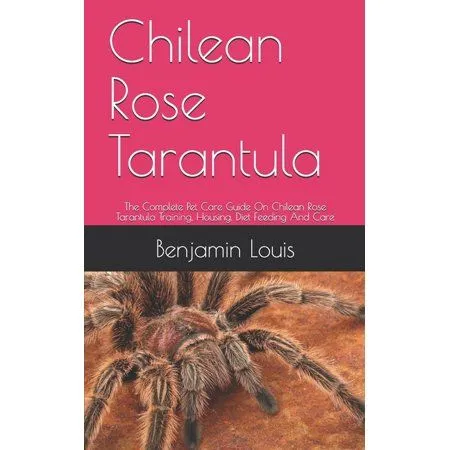
Feeding your Chilean Rose Tarantula is a straightforward process, but it is crucial to provide them with a balanced diet. Overfeeding can lead to health issues. Always remove uneaten food to prevent the build-up of mold and bacteria in the enclosure. Feeding habits can vary, so observing your tarantula’s behavior will help you determine the right feeding schedule. A well-fed tarantula is a healthy tarantula. This section explores the best practices for feeding your Chilean Rose Tarantula.
Feeding Frequency
Juvenile tarantulas should be fed two to three times a week. Adult Chilean Rose Tarantulas can be fed once every one to two weeks. Adjust the feeding frequency based on your tarantula’s size and appetite. A tarantula that consistently refuses food might be preparing to molt. Always offer food items appropriate for the size of the tarantula; the prey should be no larger than the tarantula’s abdomen. Overfeeding is a common mistake, so it is better to slightly underfeed than overfeed.
Appropriate Food Items
The staple diet for Chilean Rose Tarantulas consists of insects like crickets, mealworms, and roaches. Ensure the insects are gut-loaded with nutritious food before feeding them to your tarantula. This provides essential nutrients to the tarantula. You can also occasionally offer pre-killed insects. Always supervise your tarantula while it eats to ensure it is consuming the prey and not getting injured. Variety in the diet is beneficial, and a well-balanced diet contributes to the overall health of your Chilean Rose Tarantula.
Watering Your Tarantula
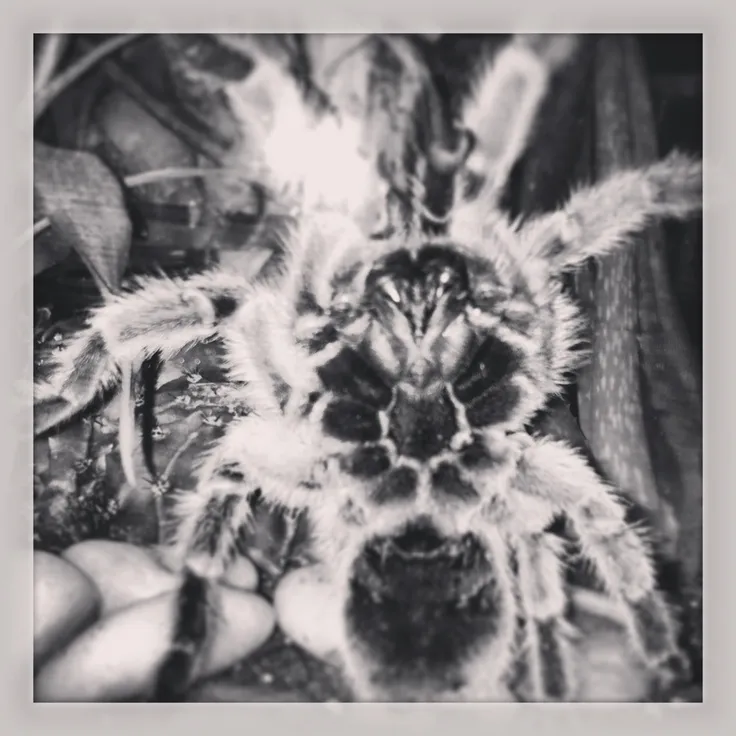
Clean, fresh water is essential for your Chilean Rose Tarantula’s hydration. Provide a shallow water dish filled with clean water. Replace the water every few days to prevent bacterial growth. You can also mist the enclosure lightly, providing water droplets for the tarantula to drink. Make sure the water dish is shallow enough to prevent drowning, especially for smaller tarantulas. Consistent access to fresh water is crucial for their health and well-being.
Chilean Rose Tarantula Handling
While Chilean Rose Tarantulas are generally docile, handling them isn’t always necessary and can sometimes be stressful. If you choose to handle your tarantula, it’s crucial to do so safely and with respect for its needs. Handling should be kept to a minimum. Always be aware of your tarantula’s behavior and body language. Understanding these aspects will help you create a safe and positive experience for both you and your pet. Always approach handling with caution and a gentle touch.
Handling Frequency
Handling should be infrequent and only when necessary, such as during enclosure maintenance. Frequent handling can stress the tarantula. If you need to handle your tarantula, do so in a safe environment, close to the ground, just in case the tarantula falls. Avoid handling your tarantula during molting or shortly after. Observe your tarantula’s behavior; if it appears stressed or defensive, stop handling immediately. The well-being of the tarantula should always be the top priority.
Safety Precautions

Before handling, wash your hands thoroughly. Approach the tarantula calmly and gently. Never try to grab the tarantula; instead, gently encourage it to walk onto your hand. Always keep your hand close to the ground, in case the tarantula falls. Be aware of the tarantula’s movements and body language; if it raises its front legs or flicks hairs, it’s a sign of defense. Do not handle your tarantula if you are using any scents (perfumes, lotions). Teach children to respect the tarantula and to handle it under supervision only.
Chilean Rose Tarantula Health and Wellness
Regularly monitoring your Chilean Rose Tarantula’s health is critical. Knowing how to recognize common health issues can help you address them promptly, ensuring your pet’s longevity and well-being. The molting process, a natural part of the tarantula’s growth, can sometimes be a vulnerable period, so it is important to understand what is normal and what requires attention. Proper care leads to a healthy and happy tarantula. Proactive health management is a key component of responsible pet ownership.
Recognizing Common Health Issues
Look for signs of illness such as lethargy, loss of appetite, or unusual behavior. Check for any injuries or parasites. If you observe any concerning symptoms, consult a veterinarian specializing in exotic pets. A healthy tarantula should be active and responsive to its environment. Regular observation is key. The most common health issues include dehydration, parasitic infections, and injuries. Early detection and prompt treatment are crucial to ensuring your tarantula’s survival.
Molting Process
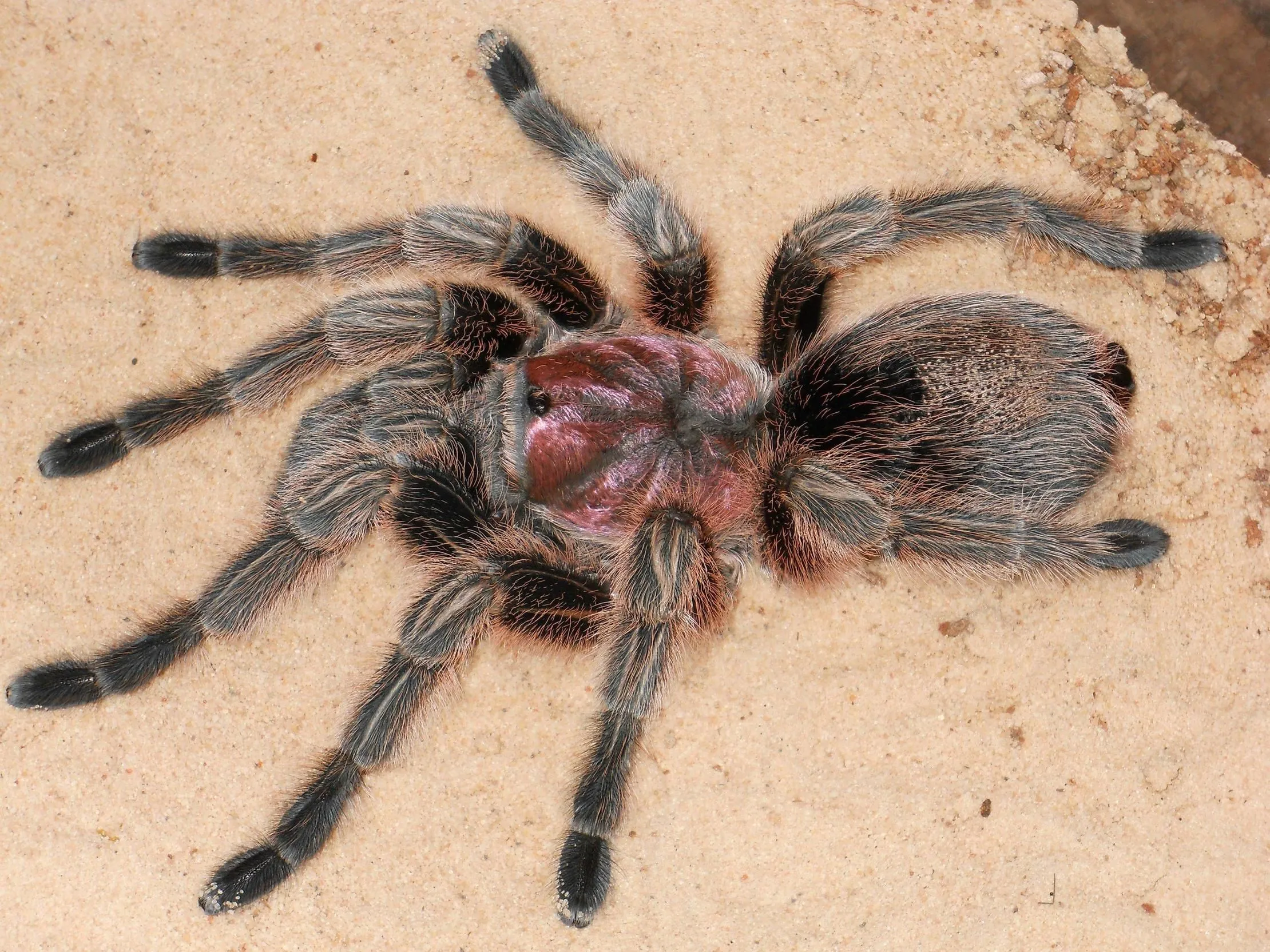
Molting is a natural process where the tarantula sheds its exoskeleton to grow. Before molting, the tarantula may become less active and may refuse food. The tarantula will usually flip onto its back. Do not disturb the tarantula during this process. Provide a humid environment to aid the molt. After molting, the tarantula will be vulnerable and will need time to harden its new exoskeleton. It’s critical to avoid handling the tarantula until its new exoskeleton has fully hardened; this could take several days.
Shedding and What to Do
After molting, the tarantula may appear pale and soft. Do not feed the tarantula until its fangs and exoskeleton have hardened, usually in about a week. Remove the old exoskeleton from the enclosure to maintain cleanliness. Ensure that the humidity levels are correct to aid in the molting process. The molting process is an indicator of a healthy tarantula, but it is important to monitor this process to ensure no complications. Providing a safe and stress-free environment during molting is critical.
Chilean Rose Tarantula Care: Top 5 Tips Recap
Caring for a Chilean Rose Tarantula is a rewarding experience. By following these top 5 tips – providing proper housing, feeding, handling, and health monitoring – you can ensure your pet thrives. Remember that consistent care, observation, and a deep understanding of your tarantula’s needs are the cornerstones of responsible pet ownership. Enjoy the unique experience of keeping this fascinating creature, and watch your Chilean Rose Tarantula flourish.
